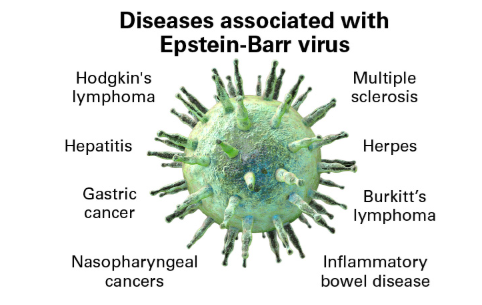Clinical characteristics of 4,520 paediatric patients infected with the SARS-CoV-2 omicron variant, in Xi'an, China
❗Single-center study(1 December to 31 December 2022 4,520 paediatric patients, 85% outpatients)
➡️"COVID-19 initially presents with “flu”-like symptoms"
➡️"The most common symptom in children is a significant increase in the number of convulsions. If there is a high or ultra-high fever and progressive disturbance of consciousness, it is necessary to be alert to the occurrence of encephalitis, which can progress to life-threatening systemic inflammation and multi-organ dysfunction"
➡️"Acute necrotising encephalopathy and pneumonia with comorbidities are the main causes of death in children with SARS-CoV-2 infection"
➡️"High incidence of febrile seizures is a typical clinical characteristic"
➡️"This indicates that nervous system damage in children with SARS-CoV-2 infection is more significant"
➡️"It is significantly different from that in adults who die of respiratory distress syndrome (white lungs)"
🔥Unbelievable that some still downplay paediatric C19, not even taking possible LC into account!
frontiersin.org/articles/10.33…
❗Single-center study(1 December to 31 December 2022 4,520 paediatric patients, 85% outpatients)
➡️"COVID-19 initially presents with “flu”-like symptoms"
➡️"The most common symptom in children is a significant increase in the number of convulsions. If there is a high or ultra-high fever and progressive disturbance of consciousness, it is necessary to be alert to the occurrence of encephalitis, which can progress to life-threatening systemic inflammation and multi-organ dysfunction"
➡️"Acute necrotising encephalopathy and pneumonia with comorbidities are the main causes of death in children with SARS-CoV-2 infection"
➡️"High incidence of febrile seizures is a typical clinical characteristic"
➡️"This indicates that nervous system damage in children with SARS-CoV-2 infection is more significant"
➡️"It is significantly different from that in adults who die of respiratory distress syndrome (white lungs)"
🔥Unbelievable that some still downplay paediatric C19, not even taking possible LC into account!
frontiersin.org/articles/10.33…

• • •
Missing some Tweet in this thread? You can try to
force a refresh


















